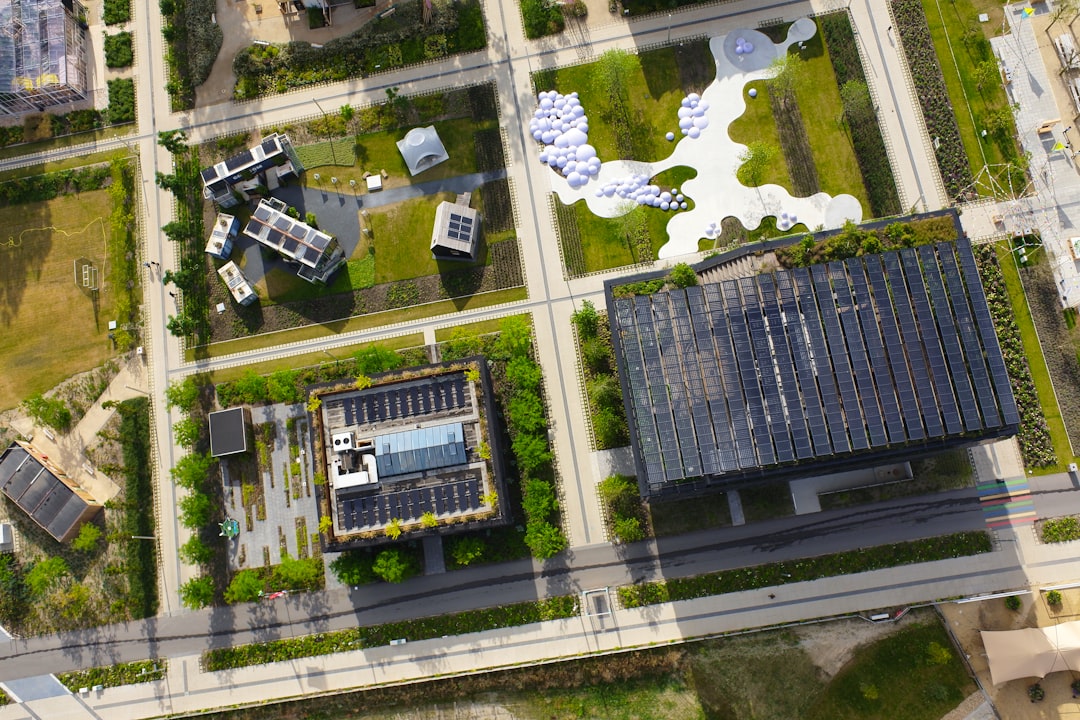
Balance of trade is one of the important indicators of economy because it helps economists and investors to assess the economic power in a country relative to the others. Furthermore, balance of trade is also useful for policymakers and other relevant parties to delve information on the performance of export and import of a certain country in a certain period. However, many did not realize that the trade balance data often does not reflect the real condition of export and import because of recording manipulation by exporters and importers. These manipulation in order to avoid and evade the taxes are the main reason why illicit financial flows occurred.
In general, illicit financial flows are a form of movement of money or capital that occurs when it is illegally earned, transferred, or utilized (Baker, 2005). Within the last few years, illicit financial flows have been realized to be the factor of economic slowdown in developing countries since it causes the loss of potential fund for investment sourced from tax or non-tax revenue. This issue then receives a global attention and became one of the key issues in Sustainable Development Goals number 16 and indicator 16.4 where reducing the illicit financial flows are one of the indicators to be achieved.
In Indonesia, the issue of illicit financial flows are a necessary and crucial matter to overcome since Indonesia is on its way to become a developed country but challenged by a low ratio of tax to Gross Domestic Product (GDP). In 2018, based on Statistics Indonesia data, Indonesia’s income per capita still around USD 3,900 or IDR 56 million which is considered to be a low-middle income country. On the other hand, the ratio of tax to GDP has also been stagnating within the range of 10–13 percent within the last 20 years.
In the last recent decades, the main engine of Indonesian exports came from non-oil and gas commodities (extractive, manufacture, and agriculture), specifically the top six commodities which were coal, copper, palm oil, rubber, coffee, and crustaceans. Unfortunately, we never found whether the Indonesian economy so far received the maximum benefit from the contribution of those top six export commodities. This policy brief intends to highlight the leakage in cross-border trade activities in a form of illicit financial flows of the top six export commodities and provide policy recommendations which will help Indonesia to address the problems of illicit financial flows.



